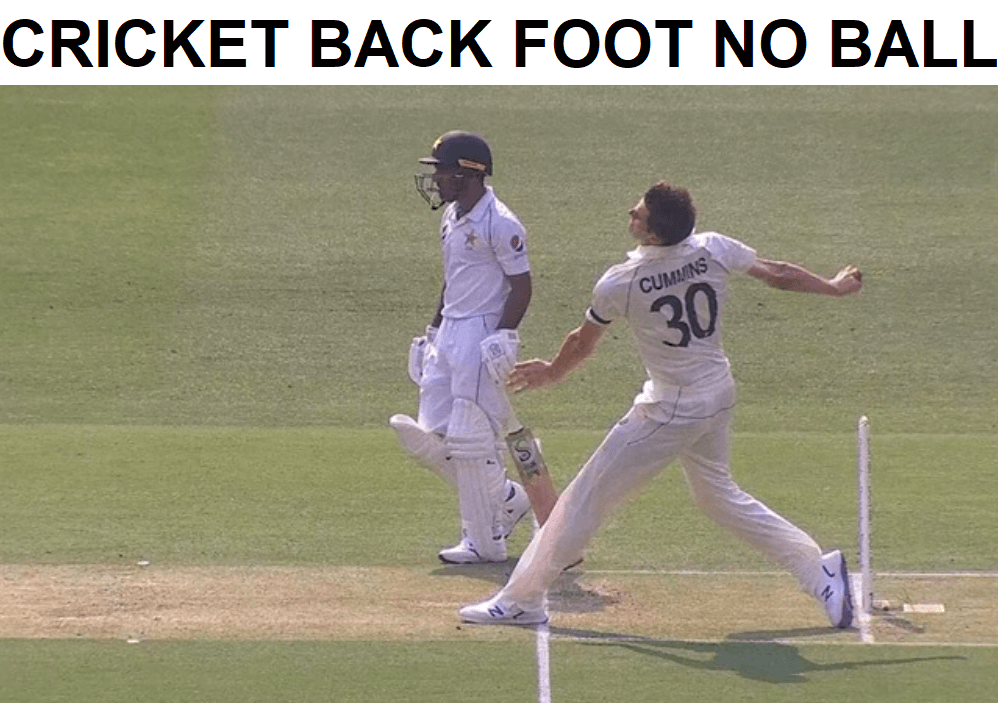

The Marylebone Cricket Club (MCC) drafted the laws of cricket which outline the rules and regulations of the game. Law 24 of the MCC describes the law pertaining to no balls. No balls are illegitimate deliveries which gives the batting side an extra run. In addition to the extra run, the delivery after a no ball is considered a “free hit” wherein a batter cannot be out unless he or she has been run out, obstructed the field or has hit the bat twice. There are many scenarios wherein a no ball is called and these have been detailed in one of our previous articles.
In this article we discuss the back foot no ball; a rather unusual and rare form of no ball. The most common ways where an umpire calls a no ball is when the bowler oversteps or delivers a ball which is above the waist height. The back foot no ball is not about overstepping, but rather stepping on a marking on the pitch called the return crease. The popping crease and the line that coincides with the stumps are parallel to each other. The distance between these two lines is 8 feet. These two lines are further connected by two lines which are at right angles of the popping crease and are drawn at a distance of 4 feet on either side of the pitch from the middle stump thus completing a rectangle.
A legal delivery by the bowler is when at least some part of the back foot lands behind the popping crease and does not touch the return crease. Should the back foot touch the return crease, it is called a no ball. The back foot no ball was introduced to avoid the bowler getting any unfair advantage by releasing the bowl at sharp angles. In cases where the condition prefers the ball to swing, such sharp angles deliveries can become highly advantageous for the bowler, making it difficult for the batter to pick the incoming ball.





